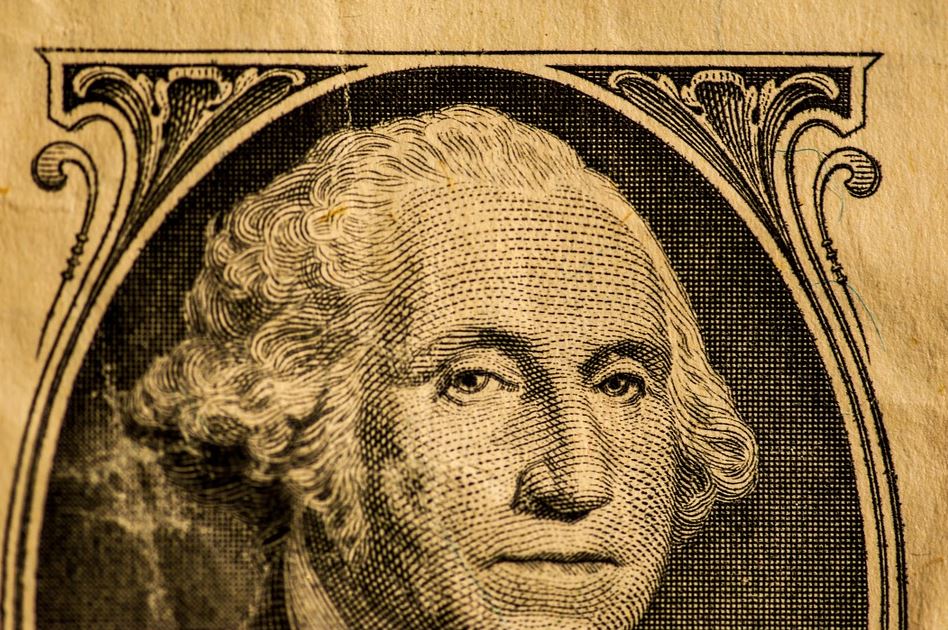From the Law and Order franchise to Boston Legal to pretty much any Hollywood drama you can think of, courtrooms are represented in a very fast-paced and dramatic way. Hollywood often cuts corners so that we can get the action up close, personal and with none of the delays often characteristic of the legal system. Whether it’s an objection, the rules of evidence or other courtroom elements, things often happen differently in real life.
So, in the interests of information, here are some of the major misconceptions about courtrooms and how, if at all, they play out in reality.
The Truth Behind Objections
If you stop and take (not too) careful notice, you’ll see that in a lot of Hollywood dramatisations of courtrooms the lawyers, both of defence and the state, exclaim ‘objection’ all throughout a trial. Often this is all they say, without giving any further explanation as to what they’re objecting to, and nor does the judge enquire.
In reality, according to the rules and procedures set out for trials, lawyers have to give specific grounds for the objection they make, and these grounds must outline what the legal reason is for not allowing the other lawyer’s line of enquiry. Without this, it’s possible the objecting lawyer might actually face sanctions for not being able to perform their role correctly!
Presenting Items as Evidence
In many fictitious courtroom dramas, lawyers are often shown introducing exhibits of evidence to the court at a critical point in proceedings and often to the shock of the judge and jury, and the chagrin of the opposing council. The evidence is often seen as the feather in the cap that turns the tide of the case, such as a previously unseen murder weapon, a confession or the like.
Perhaps the only realistic aspect to this courtroom trickery is the shocked reaction of all and sundry, and that’s because in real proceedings lawyers are unable to suddenly introduce evidence to try and change their fortunes. Evidence has to be submitted to the court in accordance with rules associated with admitting evidence which involve how it was discovered, whose custody the evidence has been in, and whether or not the opposing council has had a chance to examine it. In fact, the rules of evidence in court are so complicated that it makes up one whole subject in many University law courses- so much for the dramatic flourish Boston legal.
Long-winded Speeches to Judge and Jury
In all the same dramas we’ve previously targeted, you’re more than likely in any given episode to see long explications to the jury by lawyers delivering closing statements, and pivotal moments where the witness talks themselves into a hole in response to a pointed question from counsel. In reality, these sorts of situations are the exception rather than the rule.
Sure, there probably has been an Atticus Finch moment on at least one or two occasions in criminal law history, but most of the speeches of lawyers, and the answers of witnesses, are short, concise and to the point. And, more often than not, lawyers spend a great deal of time explaining legal concepts and legal responsibilities to jurors regarding the defendant. Moral preaching doesn’t reign high in most courtrooms, from the Local Court to the High Court, and lawyers who try their hand at rhetorical flare might well be sanctioned for improper conduct.
Perhaps like the difference between imagining what other countries are like and actually travelling to them (as this insightful blog post reveals), what really goes on in a courtroom is often best understood by personal experience or observation, rather than trying to get an understanding through the filter of TV drama.
So next time you look at a courtroom TV show, watch carefully how the various actors go about their roles- they might be trying just a little to hard to spice up the proceedings!
Featured images:
License: Creative Commons
Michael Richmond is a third year law student at Macquarie University, who aims to understand just what goes on behind court doors.





